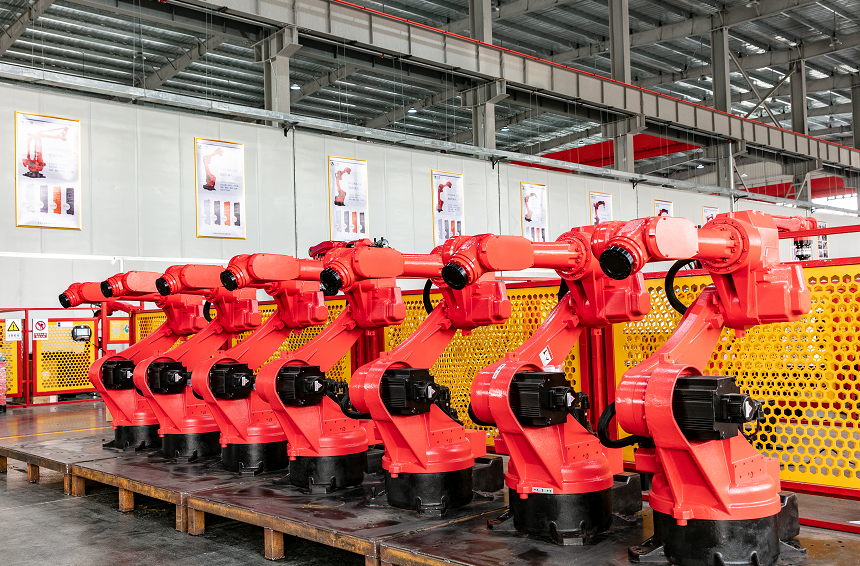The global operating stock of industrial robots has reached a new record of around 3 million units – an average annual increase of 13% (2015-2020). The International Federation of Robotics (IFR) analyzes 5 major trends shaping robotics and automation around the world.
“The transformation of robotic automation is accelerating the pace of both traditional and emerging industries,” said IFR Chairman Milton Guerry. “More and more companies are realizing the many advantages robotics technology can offer their businesses.”
1 – Robot adoption in new industries: The relatively new field of automation is rapidly adopting robots. Consumer behavior is driving companies to meet personalized demands for products and delivery.
The e-commerce revolution is driven by the COVID-19 pandemic and will continue to accelerate in 2022. Thousands of robots are installed worldwide today, and the field did not exist five years ago.
2 – Robots are easier to use: Implementing robots can be a complex task, but a new generation of robots is easier to use. There is a clear trend in user interfaces that allow for simple icon-driven programming and manual guidance of robots. Robotics companies and some third-party vendors are bundling hardware packages with software to simplify implementation. This trend may seem simple, but products that focus on complete ecosystems add tremendous value by reducing effort and time.
3 – Robotics and Human Upskilling: More and more governments, industry associations and companies see the need for the next generation of early-stage robotics and automation education. The data-driven production line journey will focus on education and training. In addition to training workers internally, external educational pathways can enhance employee learning programs. Robot manufacturers such as ABB, FANUC, KUKA and YASKAWA have between 10,000 and 30,000 participants each year in robotics courses in more than 30 countries.
4 – Robots secure production: Trade tensions and COVID-19 are driving manufacturing back closer to customers. Supply chain issues have led companies to consider nearshoring for automation as a solution.
A particularly revealing statistic from the US shows how automation can help businesses get back to business: Robot orders in the US grew 35% year-over-year in the third quarter of 2021, according to the Association to Advance Automation (A3). In 2020, more than half of the orders came from non-automotive industries.
5 – Robots enable digital automation: In 2022 and beyond, we believe data will be a key enabler of future manufacturing. Producers will analyze data collected from intelligent automated processes to make better-informed decisions. With the ability of robots to share tasks and learn through artificial intelligence, companies can also more easily adopt intelligent automation in new environments, from buildings to food and beverage packaging facilities to healthcare laboratories.
Post time: Mar-24-2022





